The pitch meeting for The Adventure Game must have been an interesting one. ‘So, there’s a planet called Arg, on which the Argonds live. They’re dragons, but they can shapeshift into anything they like. The ruler of Arg is Rangdo, but everybody calls him Uncle. He will start off looking a bit like a professor, but later on he’ll change into an aspidistra, and then a giant teapot. We’ll get celebrities, like Keith Chegwin and the woman who played Timothy Lumsden’s mother in Sorry! to pretend they’ve just arrived on Arg, and that the Argonds have stolen a bit of their spaceship. To get it back they have to complete logic and lateral thinking puzzles in small rooms with garish coloured props, before possibly being evaporated by a vortex on a large grid. Oh, and in the first series we’d like Moira Stuart to wear a jumpsuit and introduce it. What do you think?’
Likened often to The Crystal Maze (although without a hyperactive bald man in a leopard-skin coat), The Adventure Game was ostensibly a children’s programme, but the quirky humour appealed to adults as well. The celebrities were a mix of popular early 80s TV and sport personalities, i.e. Liza Goddard, Duncan Goodhew and Noel Edmunds, and occasionally the odd boffin such as Professor Heinz Wolff would be thrown in too. The puzzles took on all forms, from physical tasks to mental challenges and sporadic interactions with an Argond or two. Many involved use of Arg’s currency, the Drogna – large pieces of plastic, whose value was calculated by multiplying the number of sides by the place where its colour sat in the rainbow. Throughout these conundrums they would be given vague shoves in the right direction by a number of eccentric characters, including Gandor, a selectively deaf butler and Rongad, an Australian who only spoke backwards. And a shove in the right direction was definitely what was needed, because in another startling similarity to The Crystal Maze, most of the contestants (not Johnny Ball obviously, because he was brilliant at all the puzzles) didn’t seem to have a clue what they were doing, leaving everybody watching at home shouting ‘It’s the red one, the RED one’ at the screen.
There were time when it felt a bit like Play School (one of the characters from series 4 was Dorgan, who wore dungarees, spoke like she had been to stage school, and enthusiastically treated the contestants as if they were all under five), and plenty of the puzzles involved working things out with colours and shapes. Other times it had the look and feel of early days Doctor Who; shaky sets with corridors, cardboard computers with big flashing lights, and alien costumes made out of latex, green paint and cotton wool. Douglas Adams was originally asked to write the script; being already involved with The Hitchhiker’s Guide to the Galaxy radio series he had to turn it down, but there were several moments in The Adventure Game, including the explanatory voice over at the beginning, which felt extremely Adams-ish indeed.
Once they were through all the riddles, the celebrities had to then face the Vortex, which, for the 1980s was a technological masterpiece. Rangdo - who manifested himself either as the plant or the drinks vessel, depending on which series you were watching – sat on a plinth on one side of a grid, shaking his leaves or shooting out steam from his spout whenever somebody made him angry, which was most of the time. The contestants had to attempt to cross the grid in one piece, whilst Rangdo’s aim was to evaporate them by tricking them into stepping on the invisible Vortex. He was helped in this instance by Gandor, who would also have to translate his master’s often rude comments about his opponents. If the Vortex won, the celebrity would disappear in a blur of fuzzy lines, and the characters would allude to him or her having to make the ‘long walk back to Earth.’
The Adventure Game was often funny, sometimes silly, occasionally bizarre and always entertaining.
(S2E1)-square-100x100.jpg)

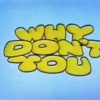
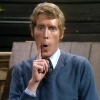
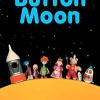
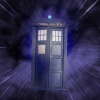
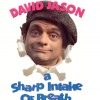
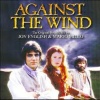
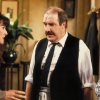
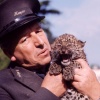
Do You Remember The Adventure Game?
Do You Remember The Adventure Game?